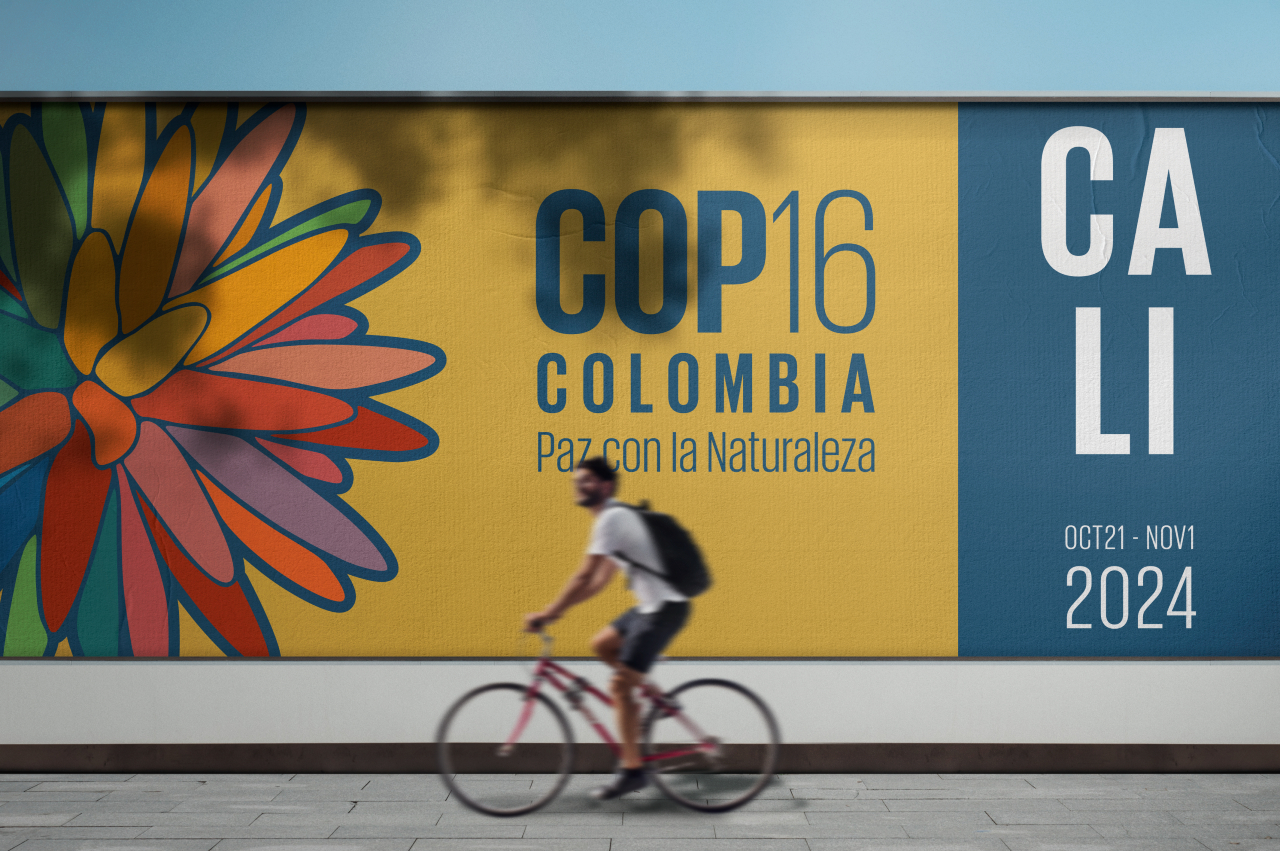The Republic of Colombia is set to host the 16th meeting of the Conference of the Parties to the Convention on Biological Diversity (COP16 CBD) from October 21 till November 1, 2024.
The Forestry Wing of the federal Ministry of Climate Change (MoCC) is the national focal point for the CBD and will be representing Pakistan at the CBD.

The biodiversity conference is a unique gathering of states where matters related to the protection and conservation of biodiversity are discussed at length. As many as 150 countries signed the Convention on Biological Diversity (CBD), which is about conservation of various forms of life on the planet and equitable use of living resources, at the 1992 Rio Earth Summit.
Under the convention, many states formulated their first-generation Biodiversity Action Plans, and Pakistan’s was made in 1999. However, the first-generation Biodiversity Action Plan largely failed to consider welfare of marginalised communities, including women, indigenous people and local communities. These national action plans were to be achieved by 2010.
However, the Global Biodiversity Outlook (GBO3), a publication of the CBD post-2010, said that the 2010 targets failed to be met globally. In 2010, at the 10th Conference of the Parties to the CBD that was held in Aichi Prefecture in Japan, the Strategic Plan for Biodiversity 2011-2020 was adopted, which stipulated the Aichi Biodiversity Targets (ABTs) that included five strategic goals, each covering 20 sub-targets. These goals were to be achieved by 2020.
The Target 17 of the ABTs required each state to develop and adopt an updated national biodiversity strategy and action plan by 2015 as a policy instrument. Out of the five goals set in the ABTs, the first and most basic goal was to address the underlying causes of biodiversity loss by “mainstreaming biodiversity across government and society”, something Pakistan clearly failed to achieve.
The ABTs have also been reflected in the 17 Sustainable Development Goals (SDGs) that were formulated in the United Nations Sustainable Development Summit in September 2015. The SDGs were adopted by 150 states. The SDGs 14 and 15, which discuss “life below water” and “life on land,” specifically cover the ABTs.
Meanwhile, Pakistan in 2015 formed its second National Biodiversity Strategy and Action Plan (NBSAP) 2017-2030, which aligns with ABTs and SDGs and aims to implement CBD’s objectives. Pakistan’s NBSAP identifies legal, institutional, capacity, knowledge and technical gaps in implementing the ABTs and provides recommendations for overcoming these gaps.
The recommendations include raising awareness and capacity, improving scientific and knowledge capabilities, mainstreaming biodiversity and thereby improving the national coordination mechanism, encouraging cross-sectional collaboration and adopting a fresh financing strategy.
In the last Conference of the Parties to the CBD, which was held in 2022, the Kunming-Montreal Global Biodiversity Framework was formed following the publication of the fifth edition of the Global Biodiversity Outlook, a publication of the CBD that is also known as the Global Assessment Report of Biodiversity and Ecosystem Services (IPBES).
This report highlights that despite ongoing efforts, biodiversity has been deteriorating worldwide at rates unprecedented in human history.
“An average of around 25 per cent of species in assessed animal and plant groups are threatened, suggesting that around 1 million species already face extinction, many within decades, unless action is taken to reduce the intensity of drivers of biodiversity loss. Without such action, there will be a further acceleration in the global rate of species extinction, which is already at least tens to hundreds of times higher than it has averaged over the past 10 million years,” reads the report.
The Kunming-Montreal Global Biodiversity Framework is based on the Strategic Plan for Biodiversity 2011–2020 and ABTs’ goals and underlying targets. It is also in line with the SDGs.
The framework envisions a world in harmony with nature where “by 2050, biodiversity is valued, conserved, restored and wisely used, maintaining ecosystem services, sustaining a healthy planet and delivering benefits essential for all people.”
For this, the framework has four goals to be achieved by 2050 and 23 action-oriented global targets to be achieved by 2030.
The federal MoCC’s forestry wing is the CBD’s national focal point. The Directorate of Biodiversity is responsible for coordinating with the CBD Secretariat and with the national, provincial, regional and local government agencies, and other stakeholders that are partners in implementing obligations under the convention.
The provincial and territorial departments of forestry, wildlife, fisheries, environment and agriculture are responsible for managing matters related to biodiversity.
Subedited by Bilal Ahmed
Header image: CBD COP16
The Times of Karachi and The Citizenry will provide live updates from CBD COP16.



